-
Posts
333 -
Joined
-
Last visited
-
Days Won
1
Content Type
Profiles
Forums
Events
Store
Downloads
Gallery
Posts posted by ckaiserca
-
-
3 hours ago, Bruce Pennington said:
I have several cut test mei of Hisahide, over 3 decades, and the kao on this one is pretty crude in comparison and innaccurate in places.
I was thinking that it looked like someone went at that Nakago with a gold paint marker...
-
I just recently received an addition to my small collection. I thought the members here might enjoy seeing it.
Katana in Shirasaya with Koshirae
NBTHK Tokubetsu Hozon Token (May 23, 2019)
Inscription: Mumei (千代鶴守弘 Chiyotsuru-Morihiro)
Sayagaki:
Verso:
Unsigned
Son of Yamashiro Rai Kuniyasu,
Chiyotsuru Morihiro, made this.
Masterpiece (with) Jiba in excellent condition.
Length of 2 shaku, 2 sun, 6 bu.
Appraisal value of 200 gold “mai”
(Kaō)
Hon’a (possibly the 19th generation Hon’ami Chumei (忠明) or Kochu (光仲)?
Recto:
“Den”
8th Head of Numazu Domain
Lord Mizuno Tadanori carried this sword
Storehouse 1, (i) #3
An 1709 Origami from Hon’ami Kōchū attributes this sword to Chiyotsuru Morihiro’s father Rai Kunimitsu:
Cover: Appraisal document of Rai Kunimitsu
Contents: Rai Kunimitsu
Genuine
Length: 2 Shaku, 2 Sun, 6 Bu
Shortened, unsigned
Appraisal Value: 20 Gold “Mai”
Hōei 6, year of the Ox (1709)
January 3rd
(Kaō)
Hon’a (Hon’ami Kōchū 本阿弥光忠)
Sword Details:
Polished
Habaki: double-layered gold habaki
Nagasa: 2 shaku, 2 sun, 6 bu (68.5 centimetres or 26.97 inches)
Sori: 1.2 centimetres or 0.47 inches
Mekugi-ana: 2 holes with a third that has been plugged
Width at Hamachi: 2.98 centimeters or 1.17 inches
Width at the tip: 2.22 centimetres or 0.87 inches
Thickness: 0.93 centimeters or 0.37 inches
Weight: 780 grams
Era: Nanbokucho period, from Bunna (1352) to the early Muromachi period, Ouei 1394
Blade Description:
The blade is O-suriage (greatly shortened) and mumei (unsigned). The blade has a deep sori (curvature) with moderate width and thickness, and an elongated kissaki.
The Jigane features a well-compact koitame hada (small wood grain pattern) with o-hada (mixed large grain) and clear nie (hardened steel granules).
The Hamon is bright and refined ko-midare (small irregular) hamon with active ko-ashi (small feet), and the blade exhibits sunagashi (sand-like patterns) and fine lines of nie.
The Boshi has a large notare (turnback) with a rounded tip.
Information on the swordsmith:
The name Chiyotsuru is derived from Chiyotsuru-maru. Chiyotsuru was the child of Echizen swordsmith Yamashiro Rai Kuniyuki. The first-generation Kuniyuki came from the Rai school and migrated to Echizen, residing in present-day Takefu City or Tsuruga City in Fukui Prefecture. The extant works are limited to the two generations of Kuniyuki, Morishige, Morohiro, and the contemporaries of Kuniyuki, Shigekuni and Yukiyuki. The name Chiyotsuru has long been popular for celebrations and ceremonies. Chiyotsuru-mori Hiro had four generations of smiths with their respective inscriptions. The first generation was active in the mid-Nanbokucho period from Bunna (1352) onwards, the second generation in the late Nanbokucho period from Shitoku (1384) onwards, the third generation in the Oei period of the Muromachi era from Oei (1394) onwards, and the fourth generation in the Kajō period of the Muromachi era from Kajō (1441) onwards. Their styles include those reminiscent of Mino swords and those incorporating the Soshu style.
Koshirae:
Tsuba: A red copper base with high relief carving of waves and a family crest on the mimi (ear) and chrysanthemum flowers on the surface, decorated with coloured enamel in gold.
Fuchi kashira: A silver base with high relief carvings of Hidari-mitsudomoe (three comma) mon and waves.
Saya: A pear skin-textured saya with black lacquer inlaid in a belt-like pattern.
Menuki: Made of copper, featuring high relief carvings of three Hidari-mitsudomoe mon, decorated with coloured enamel in gold.
-
 12
12
-
 2
2
-
 1
1
-
-
1 hour ago, Bruce Pennington said:
Is the kao on the blade, too?
No. Just on the saya.
-
 1
1
-
-
-
-
Just heard from the vendor. The export permit has arrived, and the item has shipped (apparently in the hands of Japan Export Customs now).
-
 1
1
-
-
Any photos of the rabbits? Because now I am curious.
-
As Rob said above, perhaps UV light will reveal more...
-
It would seem that export permits are still taking more than 4 weeks to be issued in Japan. Is there any hope that this process expedited in the future, or is this the new normal?
-
On 10/17/2023 at 8:07 AM, Stephen said:
...it had a wood tsuka and a horrid horimono.
What? You don't think that tiger was FIERCE?
-
 3
3
-
-
An individual from the forums has agreed to do this translation work for me.
Thanks!
-
I just purchased a katana with a sayagaki and a very old origami. I want to have them translated into a document with the kanji, transliteration, and translation. I know this is more than a simple mei translation, so I am seeking someone to do this for a reasonable fee. Is anyone on the forum offering this service, or can anyone recommend someone to do this for me?
The sayagaki covers both sides of the saya, and the origami is quite old with very stylized calligraphy.
Thanks in advance for any assistance you can provide.
-
-
As Yves said, the mon with the two bars is associated with Asikaga, but Hatakeyama also used this mon. There are something like 20,000 different mon, so someone with more knowledge than me would have to help identify the other one.
-
 1
1
-
-
Thanks! I assumed it was some kind of error correction, but didn't know what the error was.
-
What happened with this certificate?
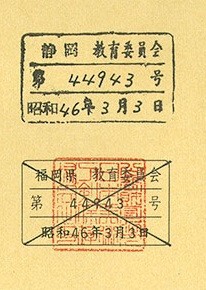
-
Thanks @SteveM. I did know that Shingen was the style, the note about the warlord is just information to myself so that I relate the style to the story.
So the transliteration of the first characters is "mukade mon'yō" (centipede pattern)?
Thanks again!
-
Hello,
I got a helpful translation from @SteveM, but I wanted to take a deeper dive by myself. Using Markus Sesko's Encyclopedia, Google Translate, and the Kanji Pages, this is my result. Can someone help me with the missing information and perhaps correct any errors I might have made?
Thanks so much!
-
 1
1
-
-
Thank you Steve that is just what I needed.
-
-
As shown in the linked video, what is the purpose of wiping the blade with the fingers after drawing it from the saya?
https://www.facebook.com/reel/750881329874175?fs=e&s=TIeQ9V&mibextid=0KsViS
-
I use https://www.librarycat.org/. It is powered by Library Thing. Great for books in English, as I don't have books in any other language, I don't have any experience on how it works with them. Personal accounts are free.
-
 1
1
-
-
On 3/7/2023 at 11:05 AM, Larason2 said:
Well, this was my first post and it just might get me banned, but I couldn’t help it!
Nah. You have presented a well-reasoned post with some interesting thoughts. That's what this forum is all about. If you want to get banned, you need to tell everyone that you are an amateur sword polisher and you learned everything you know from a Youtube video.
-
 1
1
-
 4
4
-
-
4 hours ago, Bencld said:
Lovely shira saya btw!
I am very pleased with the results.




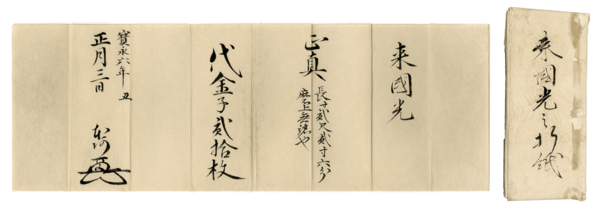

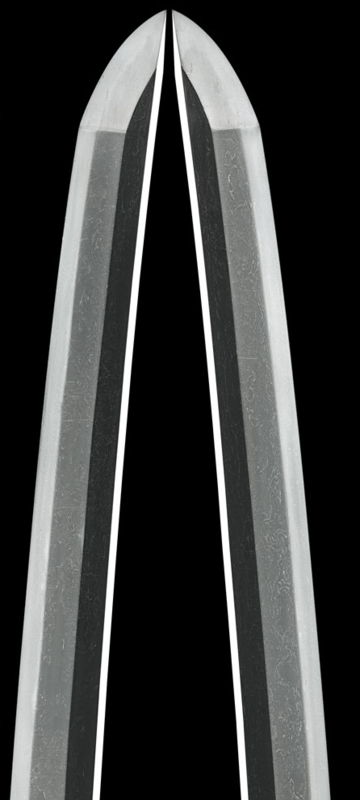
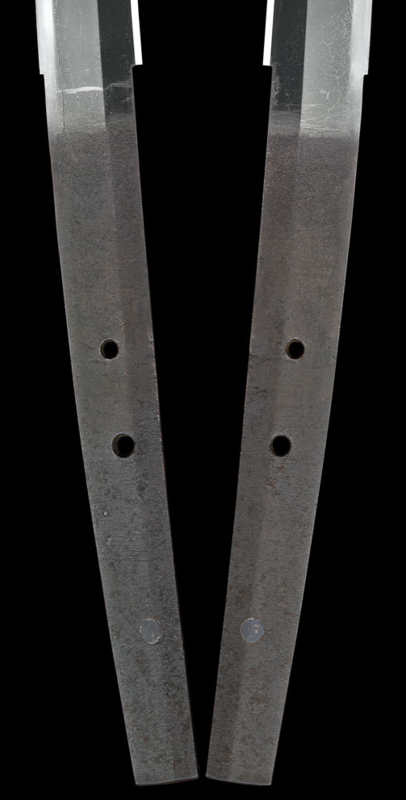
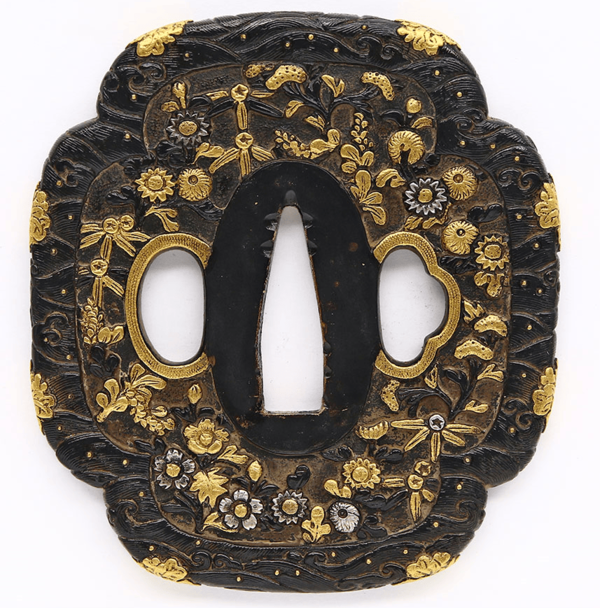


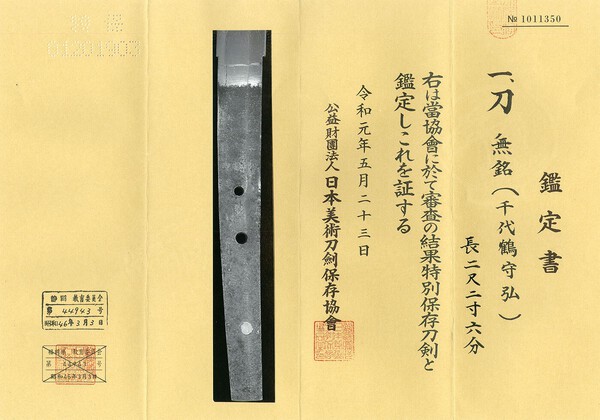
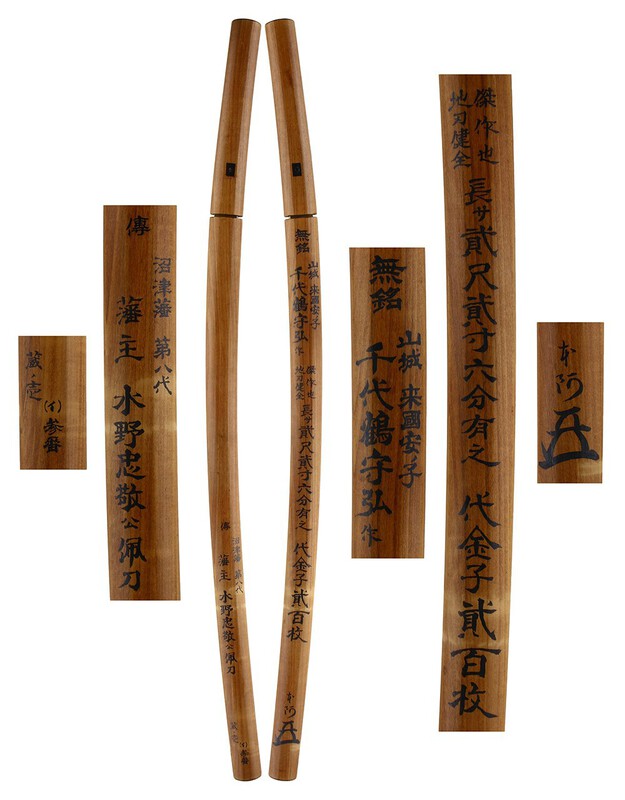
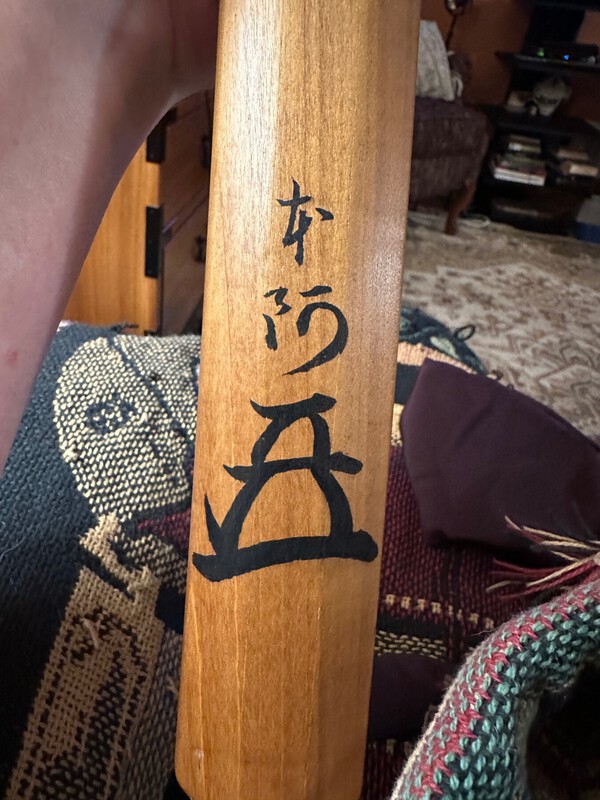
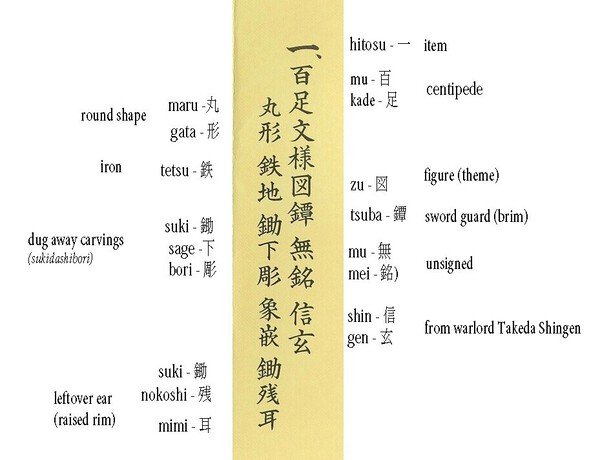


Update on Wakizashi
in General Nihonto Related Discussion
Posted
I think a key thing to remember is you can usually get a very nice blade in very good condition for less money than the price of buying a mediocre blade and having it polished. Sometimes, you find a real diamond in the rough that is worth having a restoration done on, but many (most?) blades that have been allowed to rust in someone's attic are probably not worth the effort and expense of a good quality polish.